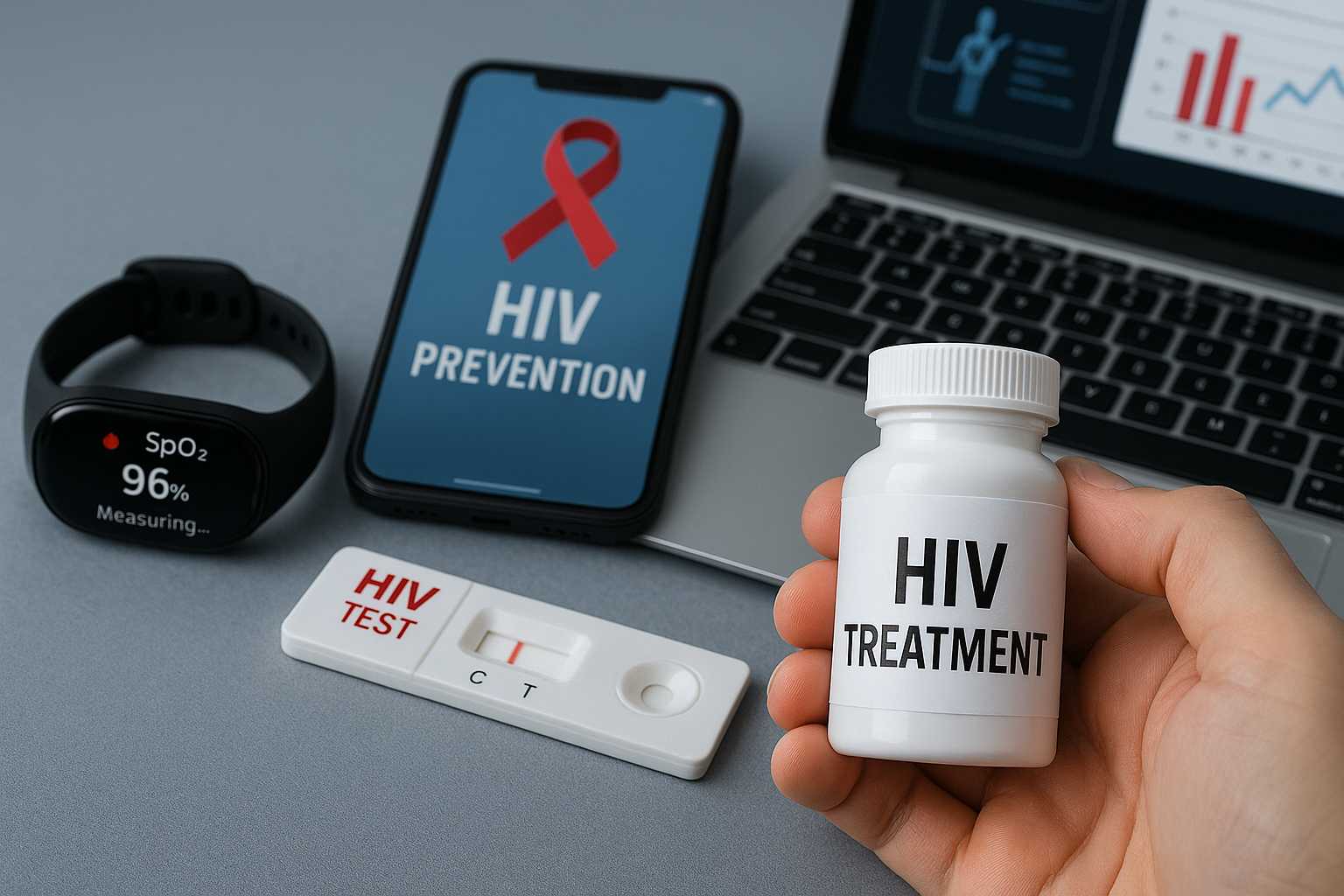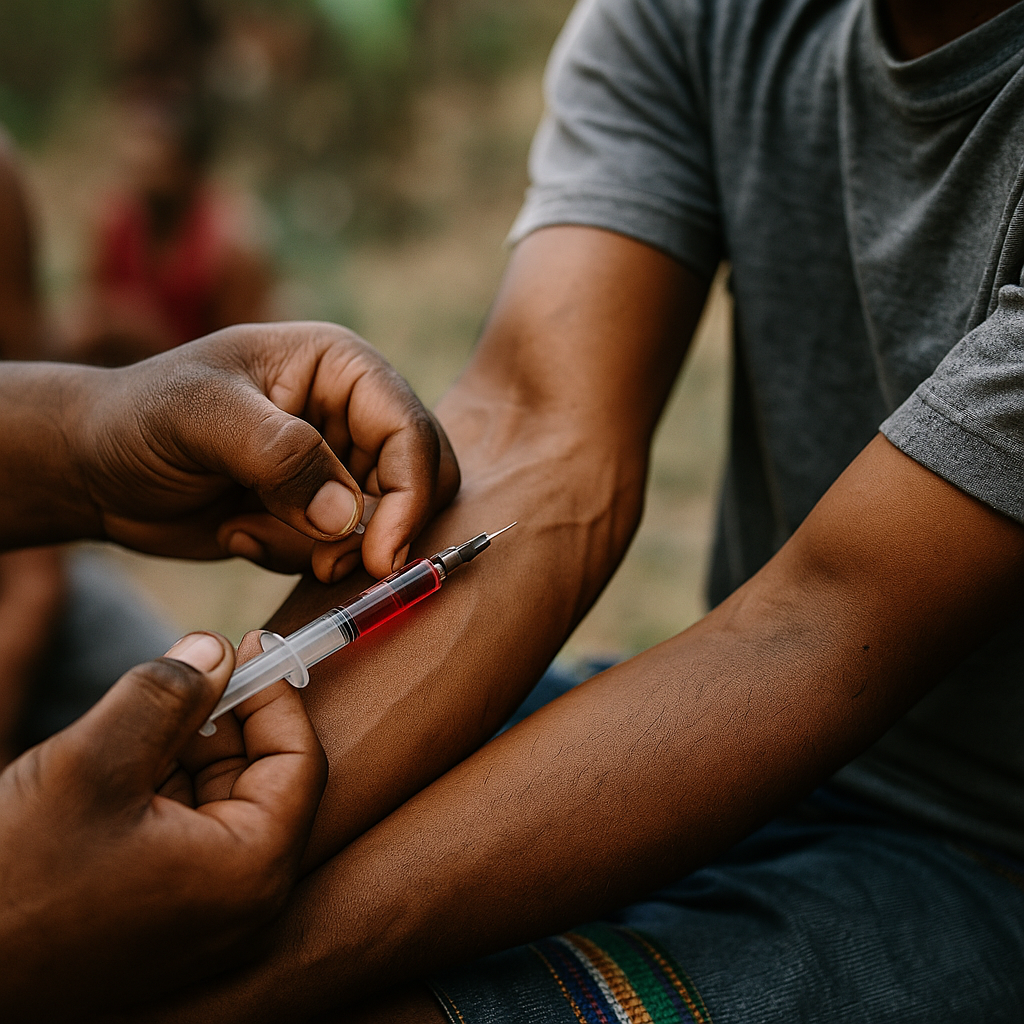How HIV Tech is Transforming Prevention and Treatment
In recent years, HIV tech has emerged as one of the most promising forces in the fight against HIV and AIDS. From AI-powered diagnostic tools to wearable adherence trackers, technology is reshaping how healthcare providers detect, monitor, and treat this condition. But how exactly is technology making a difference, and what does the future look like for people living with HIV?
Table of Contents
- The Role of HIV Tech in Early Detection
- Innovations in HIV Treatment Monitoring
- Digital Platforms for Prevention and Education
- Future Trends in HIV Technology
- Conclusion
- FAQs
The Role of HIV Tech in Early Detection
Early diagnosis is critical for effective HIV treatment. Thanks to advancements in HIV tech, rapid testing devices can now deliver results in under 20 minutes with remarkable accuracy. Portable point-of-care tests, often connected to mobile apps, allow healthcare workers to screen patients in remote areas without needing a traditional lab. This not only shortens the time to treatment but also increases the reach of testing programs globally.
For example, AI-driven diagnostic algorithms can detect subtle patterns in bloodwork that might be missed by standard methods. These innovations are particularly valuable in underserved regions where access to specialized testing facilities is limited. According to CDC research, earlier detection significantly reduces the risk of transmission and improves treatment success rates.
Innovations in HIV Treatment Monitoring
Once someone is diagnosed, ongoing monitoring is essential to ensure their treatment plan remains effective. New HIV tech tools are making this process easier and more accurate. Wearable devices can track medication adherence, sending reminders to a patient’s phone or even alerting a healthcare provider when doses are missed. Cloud-based health record systems allow for seamless sharing of patient data between clinics, ensuring continuity of care.
In addition, next-generation viral load testing kits now require smaller blood samples and can deliver results in a matter of hours. These advances help doctors adjust treatments more quickly, improving patient outcomes and reducing the likelihood of drug resistance. For patients, this means fewer hospital visits and more empowerment in managing their health.
Digital Platforms for Prevention and Education
Beyond diagnosis and treatment, HIV tech is also revolutionizing prevention and education. Mobile apps can connect individuals to local testing sites, provide pre-exposure prophylaxis (PrEP) reminders, and share educational resources tailored to their community. Some platforms even offer telehealth consultations, allowing patients to discuss their concerns with medical professionals without leaving home. For reliable telehealth guidance, visit Healthcare.pro.
Gamified education apps are also making an impact. By turning learning about HIV prevention into interactive experiences, these tools help increase awareness among younger audiences. Digital marketing campaigns through platforms like eHealthcare Solutions amplify these messages, ensuring they reach high-risk populations effectively.
Future Trends in HIV Technology
The future of HIV tech is filled with possibilities. Researchers are exploring smart pills that monitor medication ingestion in real time, blockchain systems for secure patient data management, and AI models that predict outbreak trends before they occur. Integration with other areas of healthcare, such as mental health support and nutrition tracking, may offer a more holistic approach to HIV management.
Moreover, as global internet connectivity expands, the reach of HIV tech will continue to grow. This means more people will have access to real-time health updates, remote consultations, and community support networks — all from their smartphones.
Conclusion
HIV tech is no longer just a supporting tool — it is becoming a central player in the global effort to end HIV and AIDS. By improving early detection, enhancing treatment monitoring, and expanding prevention education, technology is changing the landscape of HIV care for the better. As innovations continue to emerge, the future holds even greater promise for both patients and healthcare providers.
FAQs
What is HIV tech?
HIV tech refers to technological tools and innovations designed to detect, monitor, treat, or prevent HIV more effectively.
How does HIV tech help with early detection?
It includes rapid testing devices, AI-driven diagnostics, and mobile-connected tools that speed up and expand access to accurate HIV testing.
Can technology improve medication adherence?
Yes. Wearable devices, mobile reminders, and smart pill systems help patients stay on track with their treatment plans.
Is HIV tech accessible in developing countries?
While challenges remain, portable and mobile-connected devices are making it easier to deliver HIV care in underserved regions.
What’s next for HIV tech?
Future developments include smart pills, blockchain data security, and predictive AI to anticipate outbreaks.
This content is not medical advice. For any health issues, always consult a healthcare professional. In an emergency, call 911 or your local emergency services.




